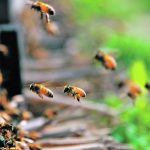Recent experiments find that the mean average lifespan was half that of caged bees in similar studies in the 1970s
A study by entomologists at the University of Maryland has shown that the lifespan of individual honeybees kept in a controlled laboratory environment is 50 percent shorter than it was in the 1970s. Over the past decade, many beekeepers have reported high loss rates requiring more replacements to keep their operations viable. Much of those […] Read moreStories by Freelance writer

Soil temperature can help predict corn earworm spread
Winter temperatures in the soil can be used as a way to predict the following growing season’s insect pest populations
Corn earworm is a significant pest that ravages not only sweet corn but cotton, soybeans, peppers, tomatoes and other vegetable crops. Monitoring it in a way that would help farmers predict where it could appear in the next growing season could be significant in controlling it more effectively. An adult corn earworm is a buff […] Read more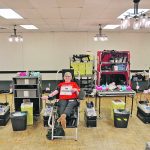
Donating blood a family affair
CAMROSE, Alta. — Some Alberta families go fishing or tobogganing on Family Day, but the three Trautman siblings got together to donate blood. The trio booked their blood donation time together to celebrate sister Virginia Liebl’s 100th donation. It was brother Les Trautman’s 133rd blood donation and sister Margaret Shinness’s 119th. The family is following […] Read more
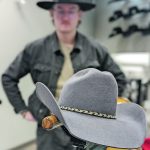
Inside the heady world of cowboy hat making
‘No two hats are the same’: Calgary company has been making Alberta’s favourite headgear for almost 100 years
“So, how did this happen? Did you have a background in fashion?” I put this question to Richard Cook, apprentice hatter at Smithbilt Hats Inc. in Calgary. We’re standing in the middle of hissing machinery in a brightly lit space just a few steps down from the main showroom. Around me, the walls are lined […] Read more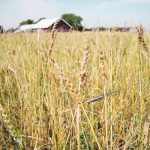
Endangered seeds may be key to biodiversity
Some varieties have fallen out of favour because they don’t fit modern food tastes, but others have simply been forgotten
Have you ever heard of a snow apple? How about red fife wheat? If not, you’re not alone. Welcome to the world of endangered seeds. When it comes to seeds, many people are used to seeing common varieties like Lincoln peas or Scarlett runner beans in their little envelopes on display racks. These, and others […] Read more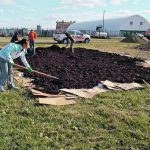
Urban farm sprouts on University of Alberta land
Initiative produces fruit and vegetables for community-supported agriculture project and donates to campus food bank
The Prairie Urban Farm, located on a parcel of land at the University of Alberta’s South Campus, is a hub of activity during the short growing season of the northern Prairies. Run by volunteers, it has produced fresh vegetables, leafy greens and fruit for its subscription community-supported agriculture program and made steady donations to the […] Read more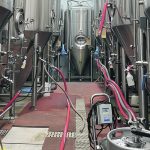
Brewery rescues fruit waste
In the fall of 2020, chief operations officer Mike Forgie of Highlands Liquor in Edmonton had an idea. Looking at the loaded crabapple tree in his backyard, Forgie put together a plan to collaborate with Blindman Brewery of Lacombe, Alta., and come up with a limited edition dry hard cider in the brewery’s test batch […] Read more
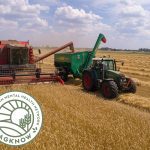
One stop for ag mental health
As part of her research, Linda Hunt wanted to know what mental health services were available to Alberta farmers and how they could be found. For the next few days, Hunt bounced between government and private agencies, associations and departments trying to piece together a picture of the available services for farmers. Farmers had told […] Read more

U.S. scientists identify carbon dioxide sensor in plants
Researchers have known for decades that plants can sense carbon dioxide concentrations that trigger pores in their leaves to open or close and control water evaporation. Plants can lose more than 90 percent of their water this way. But identifying the sensor that regulates how plants open and close their pores and understanding how it […] Read more
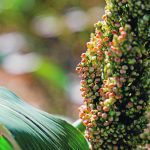
Soil microbes affect drought response
Researchers at the Donald Danforth Plant Science Center in Missouri are seeking to bridge the gap between laboratory and field studies of crop-microbe relationships and their influence on drought tolerance. “Lab and field studies both have advantages and disadvantages,” said scientist Rebecca Bart. “The goal of this research was to combine multiple different experimental systems […] Read more

